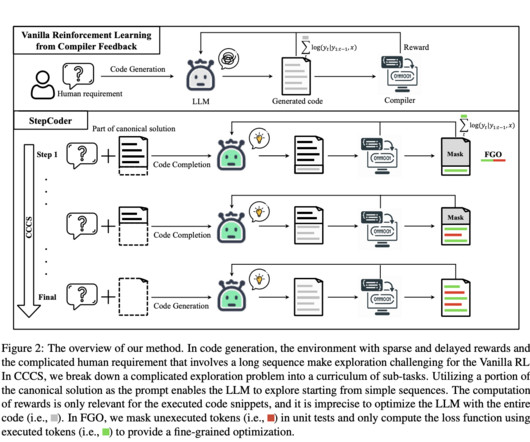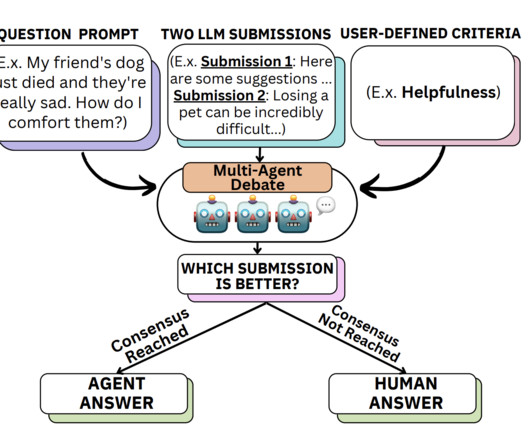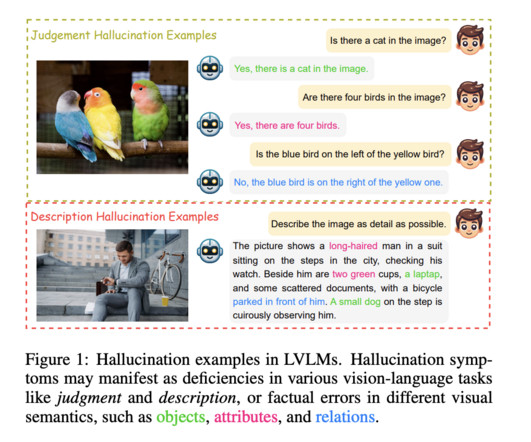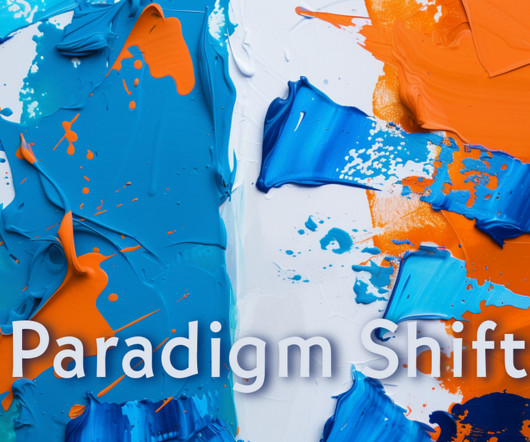30+ MCQs on Python Functions
Analytics Vidhya
FEBRUARY 11, 2024
Welcome to our Python Functions quiz! Functions are essential building blocks in Python programming, allowing you to organize code, promote reusability, and enhance readability. This quiz is designed to evaluate your proficiency in defining, calling, and utilizing functions effectively. Get ready to sharpen your skills and deepen your understanding of Python function concepts!


































Let's personalize your content